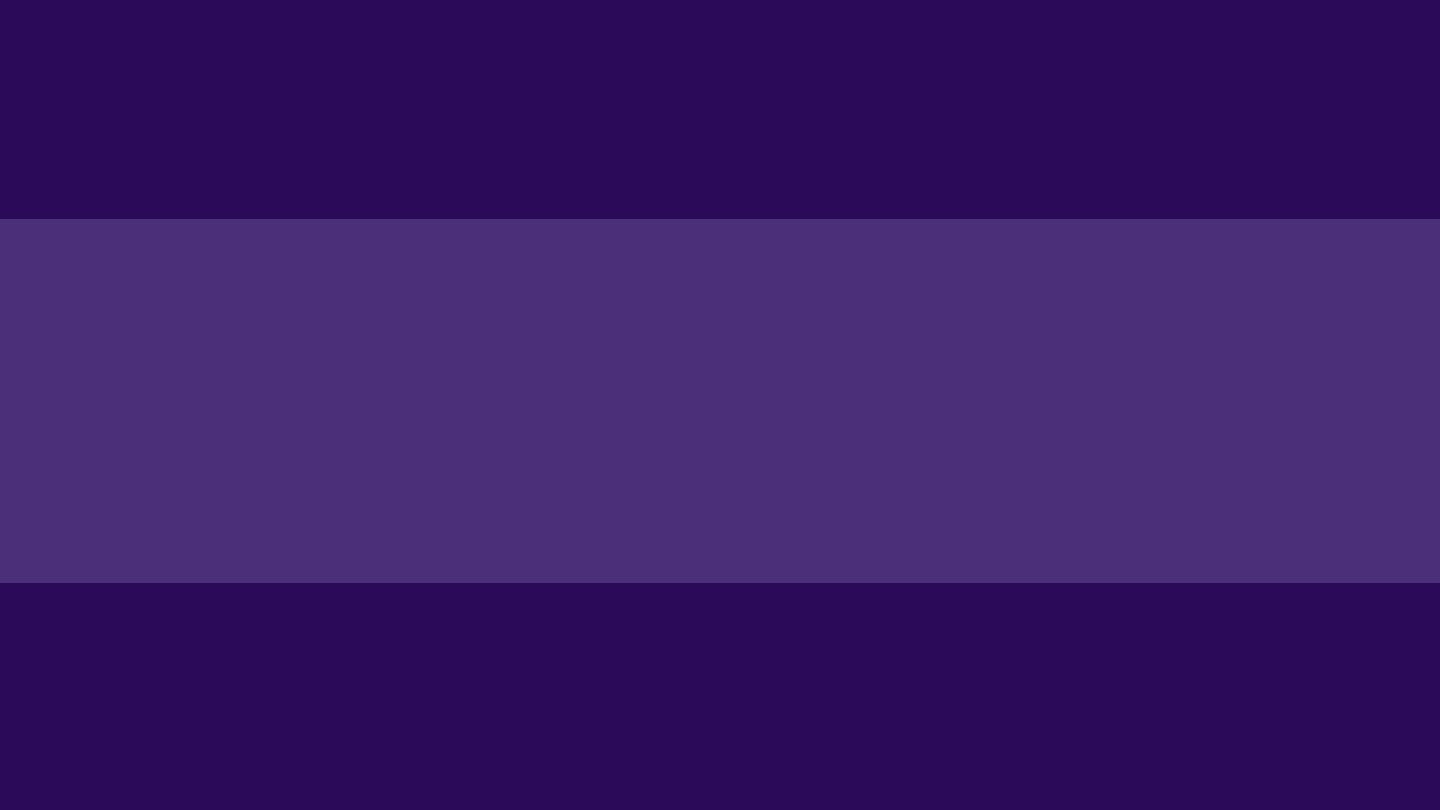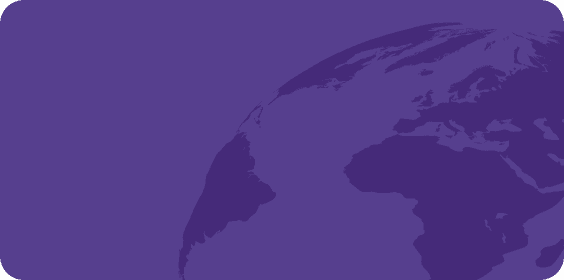

Countries
Employer of Record in China
We help you remain competitive for top talent and grow your global team quickly — no entity required

China Fast Facts
Download our guide to hiring in China.
Culture and Holidays in China
Languages
China is a multilingual workplace environment, with Mandarin Chinese and regional dialects used across industries. While Mandarin dominates corporate settings, regional dialects are widely spoken in government and business sectors, particularly in southern and western provinces. Workplaces often operate in a bilingual or multilingual manner, depending on the industry and region.
In corporate sectors like IT and finance, Mandarin is the primary language for communication, documentation, and client interactions, especially in state-owned enterprises. Meetings, presentations, and official emails are generally conducted in Mandarin, though employees may use regional dialects informally.
In government offices and public sector organizations, Mandarin and local dialects are commonly used for internal communication and documentation. China recognizes several regional languages, with provinces prioritizing their local dialects — such as Cantonese in Guangdong, Shanghainese in Shanghai, and Hokkien in Fujian.
The manufacturing and retail sectors rely on local dialects for daily operations, especially in labor-intensive industries. Factories, warehouses, and construction sites primarily use regional dialects, while management-level communication may be in Mandarin.
In customer service, language use depends on clientele. Mandarin is common for domestic and international customer support, while many companies also hire speakers of Cantonese, Shanghainese, Hokkien, and other dialects to cater to regional customers.
Workplace norms and professional etiquette
Chinese workplace culture emphasizes hierarchy, collective harmony, and relationship-building. While organizational structures are often formal and cultivating trust are integral to professional interactions.
Workplace hierarchy and authority
Decision-making is typically centralized, with deference to seniority and titles. Employees are expected to respect authority and follow established protocols. Addressing colleagues by their surname followed by their title (e.g., "Manager Wang") is customary, reflecting the importance of hierarchy in Chinese business culture.
Email and phone etiquette
Business communications are formal and polite. Emails often begin with respectful salutations and may include a brief personal note. Clarity and courtesy are valued. Phone conversations may involve small talk before transitioning to business topics, aligning with the cultural emphasis on building rapport.
Meeting etiquette and punctuality
Punctuality is crucial; arriving on time or slightly early is a sign of respect. Meetings are structured, with seating arrangements reflecting hierarchy. Agendas are followed closely, and participants are expected to come prepared. Building consensus is important, and decisions may take time as relationships are nurtured.
Professional dress code
In corporate environments, attire is typically business formal — such as tailored suits or dresses. In creative or tech sectors, business casual is widely accepted. Overall, neatness and modesty in dress are appreciated, reflecting the cultural value placed on propriety.
National holidays
Employees are entitled to the following national holidays, the dates of some of which vary year to year depending on the lunar calendar:
- New Year's Day
- Spring Festival: three days, usually between late January and mid-February
- Tomb Sweeping Day: one day, usually either April 4, 5 or 6
- May 1: International Labor Day
- Dragon Boat Festival: one day, usually in May or June
- Mid-Autumn Festival: one day, usually between mid-September and mid-October
- National Day: three days in early October
To create longer holiday periods, the government often designates adjacent weekends as official workdays. For instance, in 2025, January 26 (Sunday) and February 8 (Saturday) were scheduled as working days to compensate for the extended Spring Festival break.
Employees who are required to work on official public holidays are entitled to overtime pay at 300% of their regular wage. However, work performed on designated make-up workdays (typically weekends) is compensated at the standard rate, unless otherwise stipulated by company policy or employment contracts.
Disclaimer: The information provided on or through this website is for informational purposes only and does not constitute legal or professional advice. Safeguard Global does not make any representations or warranties, and expressly disclaims any liability arising from or concerning the information contained herein, including the lost essence, interpretation, accuracy and/or completeness of the information and language translation. Laws and regulations may change and interpretations may vary. You are encouraged to seek professional or legal advice to address any issues, questions or matters arising from the information contained herein.


Contact Us
Book a demo today
We’d love to learn more about your needs and show you how we can help. Submit the form and we’ll be in touch to schedule a personalized demonstration of our platform and services.
Schedule an appointment
Fill out the form to speak to a rep about how we can help your organization.


















